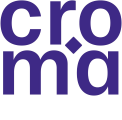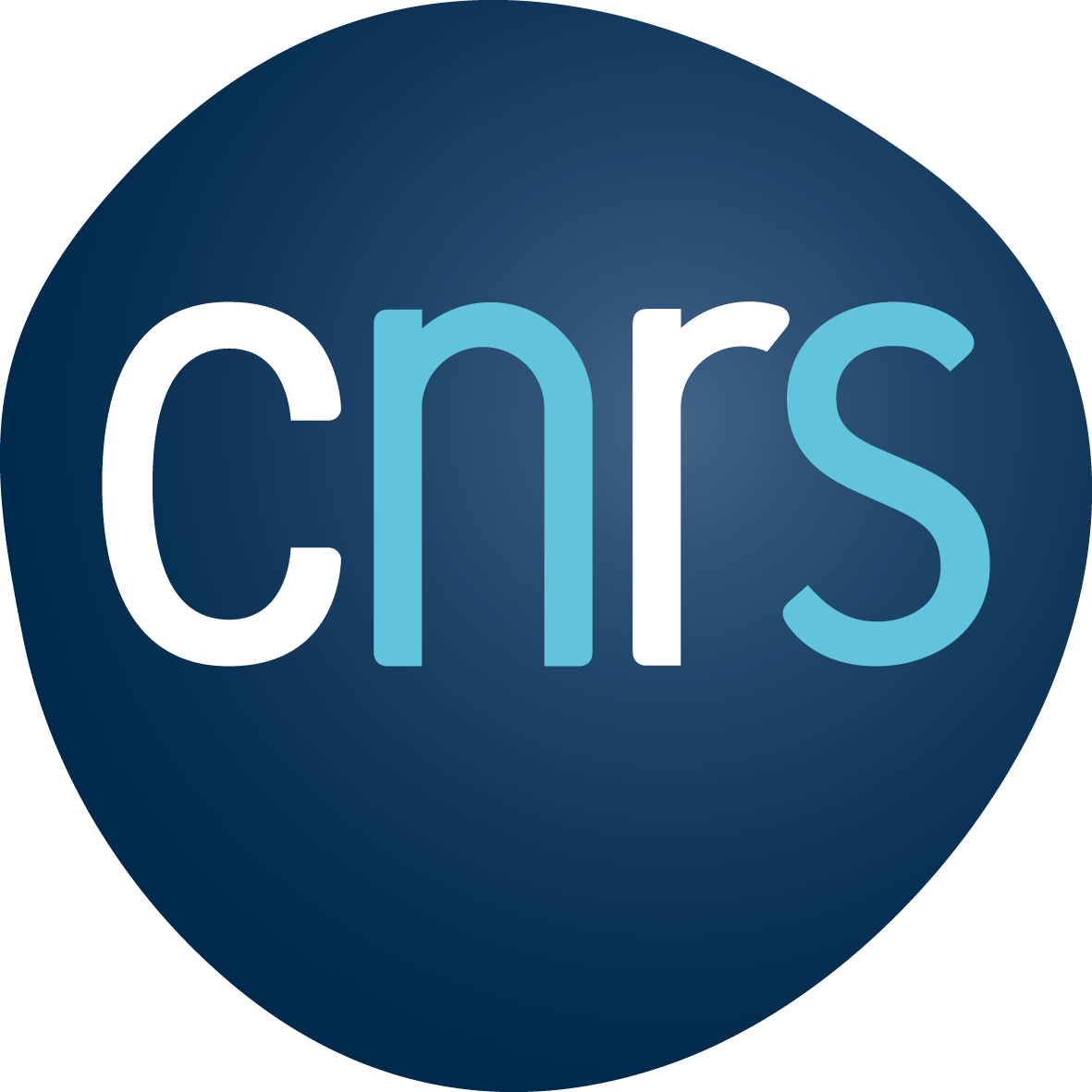PhD Defense of Thibault HAFFNER
Published on September 17, 2020
A+Augmenter la taille du texteA-Réduire la taille du texteImprimer le documentEnvoyer cette page par mail
Defense of doctoral thesis of Thibault HAFFNER, for the University Grenoble Alpes , speciality " NANO ELECTRONIC & NANO TECHNOLOGIES ", entitled :
Building GreEn-ER / Amphitheater 2A006
21 Avenue des Martyrs, 38031, Grenoble
Elaboration and integration of GeSn nanowires for the realisation of low power nanoelectronic devices
A+Augmenter la taille du texteA-Réduire la taille du texteImprimer le documentEnvoyer cette page par mail
Partenaires
Thesis prepared at CEA supervised by Bassem SALEM , supervisor and Gérard GHIBAUDO , CoSupervisor .
Date of update September 17, 2020
Our sites
eServices
 Connexion
Connexion Connexion
Connexion






